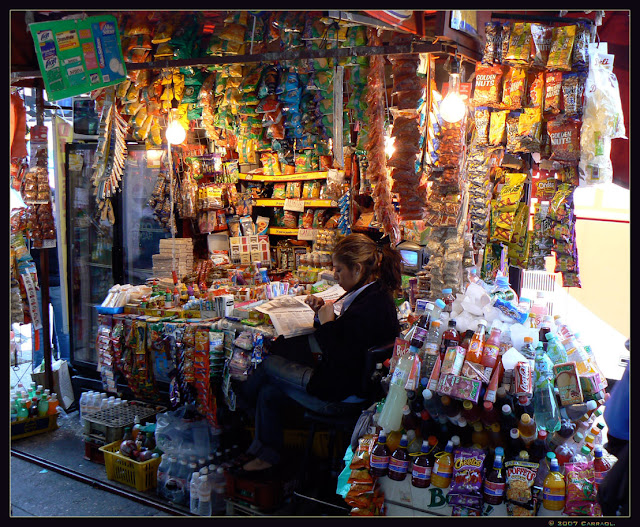
Teotihuacan arose as a new religious center in the Mexican Highland, around the time of Christ. Although its incipient period (the first two centuries B.C.) is poorly understood, archaeological data show that the next two centuries (Tzacualli to Miccaotli phases; A.D. 1-200) were characterized by monumental construction, during which Teotihuacan quickly became the largest and most populous urban center in the New World. By this time, the city already appears to have expanded to approximately 20 square km, with about 60,000 to 80,000 inhabitants (Millon 1981:221). The development of the city seems to have involved inter-site population movements, exploitation of natural resources, an increase in agricultural production, technological inventions, establishment of trading systems and other kinds of socio-political organizations, and attractive belief systems. By the fourth century, unmistakable influences of Teotihuacan were felt throughout most parts of Mesoamerica. Teotihuacan was the sixth largest city in the world during its period of greatest prosperity, according to an estimated population of 125,000 (Millon 1993:33). The city seems to have functioned for centuries as a well-developed urban center until its rather sudden collapse, possibly in the seventh century. The place was called Teotihuacan by Nahuatl speakers several centuries after the city's fall, but its original name, the language or languages spoken there, and the ethnic groups who built the city are still unknown.
Saburo Sugiyama: Arizona State University, Dept. of Anthropology, Tempe, AZ 85287 ©Copyright 1996 Project Temple of Quetzalcoatl, Instituto Nacional de Antropología e Historia, Mexico/ ASU




